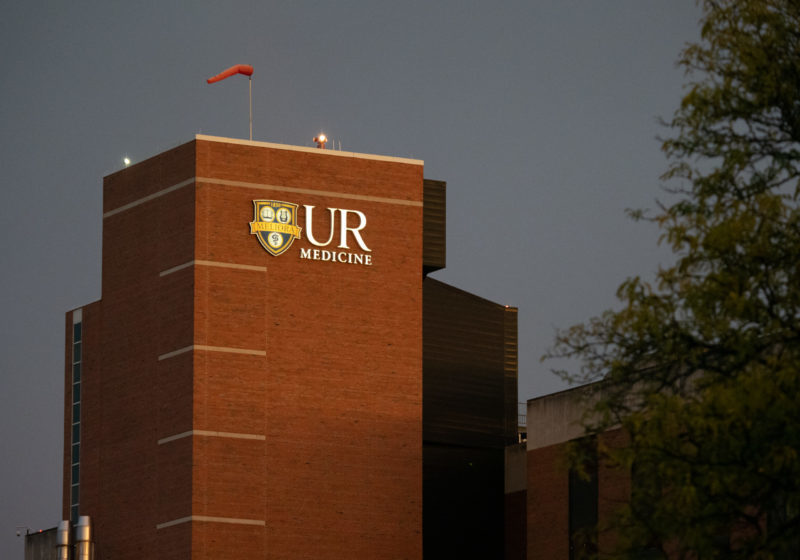A UR Medicine study published on Sept. 30 in the JAMA Open Network links redlining, a discriminatory home loan practice, to long-run premature birth rates.
Co-authors Dr. Elaine Hill, Principal Investigator of the Health and Environmental Economics at UR Medicine, and Dr. Stephanie Hollenbach, an assistant professor in the UR Medicine Department of Obstetrics and Gynecology, analyzed a database of birth certificates in the Finger Lakes region from 2005 to 2018, where modern obstetric outcomes were matched with redlined regions classified with historic discriminatory home loan practices.
The data system included patients with live births from 15 chosen zip codes overlapped with the redline map, officially known as the 1940 Home Owners’ Loan Corporation map (HOLC). Their findings show how structural inequality casts a long shadow in today’s health outcomes.
Specifically, the article addresses the issue of preterm birth rates for non-Hispanic Black women who experience a preterm birth rate at least 50% higher than non-Hispanic white women. This is a prominent racial and ethnic disparity in the U.S., and links directly to regions of historical redlining.
Results found that preterm birth rates increased in the zip codes historically defined as “Hazardous” where the population held a majority of non-white residents. Overall, the periviable birth rate was threefold higher in the “Hazardous” neighborhoods than the comparative “Best” or “Most Desirable” neighborhoods. Consistent across the most heavily redlined groups were poverty, educational attainment, and patient-level race.
With increased extremes of HOLC grades were measured odds of severe maternal depression, diagnosed substance use disorder, and a decreased odds of exclusive breastfeeding at the time of the hospital discharge.
Overall, the results prove that historically, redlining continues to enforce systematic racism.
“This is further evidence of the influence of a legacy of structural racism on the disproportionate burden of adverse pregnancy outcomes for Black women in the U.S.,” Hollenbach said in an article published in URMC news. “The fact that racially discriminatory home lending patterns from the 1940s are associated with contemporary preterm birth rates can inform us that the legacy of government-sanctioned discrimination persists to this day.”






